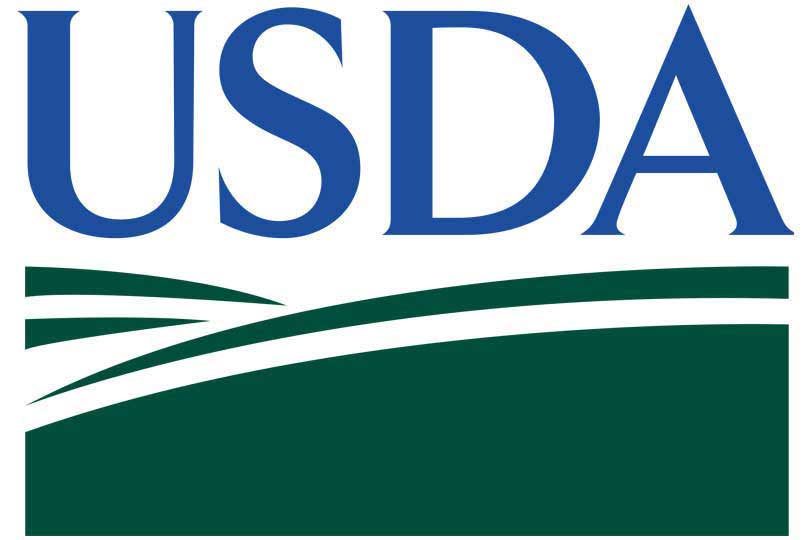By Justin Walker
Communications Specialist
Spring is a popular time for families to relocate, the U.S. Department of Agriculture (USDA) said. But some household items may also be home to unwanted species.
As individuals begin moving, the agency warns against moving invasive pests in the process.
These invasive species, also known as Hungry Pests, can easily spread in outdoor items such as grills, gardening equipment, wading pools, bicycles or patio furniture. They can cause major damage to trees, plants and agriculture, resulting in roughly $40 billion each year in the United States.
“Hungry Pests can hide inside plants, fruits, vegetables and firewood and spread in a number of ways, like on outdoor items you move to a new home or on an RV that has been parked outside and driven cross-country,” Kevin Shea, USDA Animal and Plant Health Inspection Service (APHIS) administrator, said. “It only takes one person to start a new infestation, which is why we all need to be careful and understand how to stop invasive pests.”
An estimated 35 million Americans move each year, contributing to the spread of invasive pests.
APHIS offers a free checklist for moves.
Here are key ways the public can help:
- Moving to a new home. Help protect your new city and neighborhood from invasive pests by removing egg masses and insects from your patio furniture, grills, bikes and other outdoor items before they are loaded onto the moving van or storage pod.
- Traveling within the United States. Before going on an out-of-state trip, make sure your car, RV or other outdoor vehicle is cleaned first. Check the wheel wells, bumpers and other hard-to-see areas to make sure they are free of soil, egg masses and insects.
The public should also be aware of the potential to spread invasive pests when mailing homegrown plants, fruits and vegetables, moving untreated firewood, traveling internationally or when buying plants for their garden.
The push for public awareness comes after U.S. Secretary of Agriculture Sonny Perdue signed a national proclamation declaring April “Invasive Plant Pest and Disease Awareness Month.”
For more information on potential invasive species, visit www.hungrypests.com.
Click here for more information on how to protect future moves.

